கட்டுரை, அரசியல், விவசாயம், பொருளாதாரம், தொழில் 7 நிமிட வாசிப்பு
Indian Farm Crisis - The Third Option
In Feb-24, the Farmers’ Unions in Haryana and Punjab started a massive protest demanding Minimum Support price (MSP) as a legal guarantee for 23 crops. They are also demanding that the MSP calculations should be based on the M.S.Swaminathan Committee recommendations. There were a few additional demands too. This protest is a continuation of the earlier one which went on for over a year in 2020.
Economists like Professor Ashok Gulati say that the demand for a legal guarantee for procurement at MSP prices is an anti-farmer one. Professor Gulati was a supporter of the farm bills brought in 2020 by the government. He also opines that if M.S.Swaminathan committee recommendation is implemented as demanded, the food grain prices will go up leading to high inflation. Then there are voices from the establishment side which say that if MSP is legalized, then the subsidy for farming will increase manyfold.
Amidst this chaos, the Indian Finance Minister Nirmala Seetharaman presented her interim Budget for the year 2024-25. It has provisioned 2,95,739 crores of funds for Agriculture and allied sectors including Fertiliser subsidy. Out of this, the allotment to the Dairy Sector is around 9000Cr which is just 3% of the total outlay for Farming. The balance 97% (2,85,000 Crores) is for Agriculture.
Indian milk producers produced 230 million tons in 2022-23 while the food grain farmers produced 330 million tons in the same year. The milk economy is higher than the food grains in economic value. It is the single largest agricultural commodity contributing 5% to the Indian economy. It is the source of livelihood for 8 crore farmers. It does not get major Subsidies like food grains. There is no MSP procurement by the government. There is no milk product procured by the government and stored in warehouses.
Yet the Indian Milk producers get a better value for their produce compared to Food grain producers. The milk producers of the successful milk cooperatives manage to get 80% of the price paid by the consumers for the milk products back, which is unique in the world. Even in the USA, where there are large Dairies, the farmers get just 30% of the price paid by the consumers.
Compare this with food grains. The union government and the state governments every year spend funds to subsidise Fertiliser, Power, and other inputs. In addition, they organize to procure food grains at the Minimum Support Prices. Overall, the governments spend more than 3 lakh crores every year on such subsidies. If these subsidies are withdrawn, there is a fear that food grain prices will crash and leading to huge losses for farmers. The fears are justified because, while in Punjab where the Government is procuring paddy at Rs.21 per kg, the prices in Bihar where there is very little procurement, the prices of paddy sold in the open market is around Rs.10-12 per kg.
Our glorious past and the lessons
The two biggest successes in Farming in Independent India are Green Revolution and White revolution. India emerged as the largest producer of milk and second largest producer of food grains thanks to these two programs. Big success by any standards.
However, the basic difference between the two is striking. Unlike Green revolution which is largely dependent on Government support in terms of input and procurement subsidies, the White revolution hardly needs any subsidy support from the government.
How did white revolution create by the same farming community became viable on its own without any subsidy? Mr. Arun Maira explores this in his article published in The Hindu titled, ‘A white touch to the refreshed green revolution’, discusses the differences between India’s successful Green and White revolution.
While both were successful projects, their objectives were very different. The purpose of the green revolution was to increase the output of agriculture to prevent shortages of food. The purpose of the white revolution was to increase the incomes of small farmers in Gujarat, not the output of milk.
The green revolution was largely a technocratic enterprise driven by science and the principles of efficiency. Whereas the white revolution was a socio-economic enterprise driven by political leaders and principles of equity.
Let’s explore this further and see if this success can be replicated in Foodgrains and other Agri commodities successfully. The food grains environment is quite different than that of Milk.
The Government of India has a mandate to reduce poverty and hunger and hence distributes free food grains to a large section of the society due to its National Food Safety Act 2013. In addition, the incumbent government has promised free food grains for 80Cr people for the next 5 years.
Distribution of Free food grains to such large section of Population distorts the market demand and prices for food grains drop significantly in the open market. The FCI procurement which was started to ensure that the farmers produce food grains for self-sufficiency in the late 60s is now forced to procure more food grains than needed for safety stocks to avoid price fall which could hurt farmers.
Thus, Indian government is caught in a catch-22 situation. It can’t stop free food grain distribution as it will lead to mass scale nutrition deficiency and poverty, and it can’t stop the procurement from farmers as it would lead to massive drop in prices leading to farmers making losses leading to social unrest. This might eventually impact the food sovereignty of the country.
Indian Food grain business chain, being subsidized at both production and consumption end is a distorted one now. There is another dissimilarity in the business chain as well.
இதையும் வாசியுங்கள்... 10 நிமிட வாசிப்பு
பசுமைப் புரட்சிக்கும் வெண்மைப் புரட்சிக்கும் என்ன வேறுபாடு?
05 Jan 2022
In Milk, the producers themselves have organized as cooperatives successfully in many states. These cooperatives procure milk from farmers, process the same and deliver it to the consumers themselves. The link between producers and consumers is direct and has no other private profit-seeking player. Due to this, the prices of milk products are very low. Since the cooperatives dominate the milk business with good quality milk products, the private milk business chains are also forced to sell their milk products at lower prices.
In Food grain economy, close to 15% of the products are procured by government and used for supplying free or at subsidized prices to poor. The government also sells the food grains to private traders from time to time. The rest of the food grains are procured by private trade, processed, and sold through retailers to consumers. In the Free-Market Business chain for food grains, there are 2 more intermediaries before the final products reaches the consumers. The consumer prices of Food grains in the open markets are suppressed because more than 30% of the population gets free and subsidized food grains.
In such a situation where the end consumer prices are suppressed and there are two more profit seeking intermediaries in the business chain, they naturally tend to squeeze the producer on procurement prices. The average Food grain producer is a small farmer with 2.5 acres of land, and he cannot hold to his produce for long in his home or warehouse. He must sell the produce immediately to pay back his debts and to take care of his immediate expenses. This is the reason why the open market prices are much lower than the MSP prices at which Indian Government is procuring.
The social safety net provided by the National Food security Act -2013 cannot be wished away as that will lead to massive hunger and poverty. This means, lower prices for food grains in the open market cannot be wished away too.
Under these conditions, the only way that the farmers can get more out of the suppressed prices in the open market is by removing the two profit seeking intermediaries in the Food grain Business chain.
How do we remove the 2 profit seeking intermediaries from Food grains Business Chain? The success of Milk cooperatives is before us for us to emulate.
Amul was started in 1948 as a Milk producers’ cooperative in the year 1948 with 200 litres of procurement. The milk was procured directly from the farmers and was delivered to the doorsteps of consumers in Mumbai. This arrangement gave better returns for the milk producers and hence, more farmers joined the milk cooperatives. The organization grew further. They had some technical difficulties in sending a perishable like milk to long distance and hence, sought help from a technocrat next door who was a daily technologist and he helped them to resolve the issue. The technocrat by name Verghese Kurien, Joined the Milk Cooperative and helped modernize the organization and its processing capabilities.
‘Amul’, became an iconic brand and a big success. During the same period, all the initiatives by the government of India in Dairy sector were big failures. This baffled the then Prime Minister Mr. Lal Bahadur Sastri. He travelled to Anand where ‘Amul’, was located and tried to understand the reasons behind the success of Amul.
The salient features which were unique and behind the success of ‘Amul’, are as follows:
- ‘Amul’, is a milk business organization owned by its producer Members.
- Amul is a 3-tier organization.
- The first tier is the village Milk producers cooperative where the milk producer delivers his milk daily.
- The next tier is the regional Milk processing Union which collects the milk delivered to the milk cooperative every day and processes it into various milk products.
- The third tier is the apex marketing setup which receives the processed milk and milk products from the unions and markets them in important consumer markets.
- Every Producer who is a member of the cooperative has only one share. One has to be a producer to be a member.
- Producers can produce whatever possible, and they can deliver it to the cooperative. He gets benefitted to the extent of his contribution. If he produces more milk and supplies, he gets more income.
- The price for milk is fixed based on the costs of production, investments, and margins for farmers.
- The costs of processing are then added to the procured cost of milk and the consumer price is arrived at.
- Since there are no other profit seeking entities in the system between the producer and consumer, the price thus arrived is a reasonable one.
- No need for any govt subsidy or support as this is a business organization.
Lal Bahadur Sastri understood why this model is successful and requested the Managing Director of Amul, Mr. Verghese Kurien, to replicate this model across the country. This was later formally launched as ‘Operation Flood’, in 1970.
In phase-1 (1970 -80), 18 major milksheds of the country were linked to 4 major metropolitan cities – Delhi, Mumbai, Calcutta, and Chennai.
In phase-2 (1980-85), 136 more milk sheds were added, and 290 urban cities were connected. By the end of phase 2, 43000 village cooperatives were formed to add 4.25 million milk producers to the business chain.
In Phase-3 (1985 to 1996), the investments were made to augment the capacities of the state milk cooperative organisations. In this phase, 30000 new dairy cooperatives were added and additional 173 milk sheds were connected.
By 1998, India surpassed USA to become the largest producer of milk in the world. A focused effort of building farmers’ organization and supporting it through policy and necessary financial help, NDDB has helped build a self-sufficient, subsidy free business organization for farmers.
Farmer Producer cooperatives for Food grains, Pulses, oilseeds and other crops
India did attempt to create farmer producer cooperatives in Oilseeds in the mid-80s. It was called, ‘Operation Golden Flow’. The details are as below.
Operation Golden Flow
In the mid-eighties, India was getting into a forex crisis thanks to Iran Iraq war and our own financial management. The biggest culprit using up foreign exchange after fuel was Edible Oil. In order to reduce the foreign exchange outgo, The Government of India worked out a program whereby Indian edible oil production will go up and imports can be reduced. The government mandated the National Development Board (NDDB) to start Oilseed growers’ cooperatives to encourage and improve oilseed production. Within 4 years, oilseeds production increased, and imports came to a halt by 1990. In 4 years’, time, the edible oil called ‘Dhara’, launched by NDDB, captured 50% market share of branded oils in the country.
However, post 1991, in the era of liberalization and international trade treaty management, the support system for edible oil cooperative was destroyed. When India could have imposed 300% duty on oilseeds, India reduced import duties to 20%. This led to cheap palm oil imports from Malaysia and Indonesia, and they suppressed the prices of other edible oils.
The major edible oil markets in the country starting Erode in Tamil Nadu to Kanpur in UP were decimated by the cheaper palm oil imports. The efforts of NDDB were sabotaged and the project failed.
If only the government had supported the initiative for a decade, these cooperatives would have established themselves like milk cooperatives and farmers would have benefitted immensely. Today, India is back to depend on imports, and it imports more than 80% of its edible oil needs. And edible oilseed cultivation has shrunk by more than 70%
இதையும் வாசியுங்கள்... 4 நிமிட வாசிப்பு
நடந்தது பேராசைப் புரட்சி: எம்.எஸ்.சுவாமிநாதன் பேட்டி
29 Sep 2023
Farmers’ organisations are the only way forward
As we have seen in the first part of the article, the consumer prices for food grains are suppressed due large social security system of providing free food grains for more than 60% of the population and hence, the only way to get the best out of suppressed prices is to establish a direct link between producers and consumers eliminating profit seeking private entities / middlemen.
Issues in Farmers’ organization
The farmer cooperatives across the country are dominated by politicians and they have become hub of political activity is one of the major issues troubling cooperatives.
However, legally they are still farmers’ organisations, and they take care of the farmers’ interests. While one is not sure if this can be completely avoided, they still give better returns to producers than the model where profit seeking private interests are part of the business chain like in Food grains.
Mission Approach
Like in the case of milk, where NDDB was created to focus on building Farmer business organisations over 25 years, the government of India should create separate business organisations for Food grains, Pulses and Oilseeds. This organization should not be part of government so that the freedom and authority needed to create a business organization vests with the leadership and management. They can have a management and training institute to train Managers and Technicians needed to run these businesses.
This should be taken as a mission of national importance as this has the potential to create better value for farmers, remove the government from running from businesses and stop non-productive subsidies over a period. Most importantly running warehouses overflowing with grains can be eliminated.
This is like building a new paradigm in the agricultural sector. The successes of Green Revolution and Operation Flood are before us to assure success if the government persists for sufficiently long time.
Limitations of this Approach
Assuming that the farmer is reaching out to consumer directly in Food grains, pulses and oilseeds, the best he can get can be around 25-30% which is now being taken away by the private miller and retailer.
The farmer for example in paddy might get around Rs.5 per kg more than the MSP. This would mean an additional income for an average paddy farmer of 2.5 acres by 50 thousand per annum if he harvests 2 crops. It is quite an improvement from his existing earnings.
However, in today’s environment it is hardly sufficient to handle the raising costs and aspirational levels. Hence, it is very important that an additional source of revenue is also identified for the farmer to keep his interests in farming.
Additional Source of revenue for Farmers
When India got independence, 90% of people were poor and illiterate and 70% of the people were engaged in farming. Over a period, the literacy levels have improved, and poverty has also reduced. But still 50% of people (approx. 80cr) people are dependent on farming.
The employment generation in private sector has helped people to move from farming. However, it has its limitations. It hardly generates 1 crore employment. Whereas we need close to 15-16 Crore jobs (to support 60-65 cr people) to make farm units at par with the world. This is a tough ask.
Why did farming become unviable? Starting from the 1970s, the terms of trade for farming has been left behind compared to other major markers of income levels which is government salaries. Devender Sharma a farm activist says that from 1970 to 2015, the salaries for primary school teachers, college professors and government employees rose by 320 times, 170 times and 120 times respectively while the support prices for paddy rose just by 19 times. This has led to a complete disparity in income growth and farm distress.
So, the reality is that moving people overnight from farming to other sectors is impossible and if done forcibly, will create chaos like Mao’s drive in the 1960s. So, we don’t have any option but to work on the income augmentation for farmers in a sustainable way.
In his seminal article, ‘Marketing Myopia’, published in 1960, Theodore Levitt explains how organisations with narrow vision were wiped out when business paradigms changed. A successful example given was how Hollywood films production houses went bust when a new medium of entertainment called ‘Television’, emerged, and changed the paradigms of entertainment industry.
If one applies this approach to farming, the following questions can be raised. Why farmer should only be in farming? Why land should be used only for cultivation?
An innovative experiment on these lines was conducted successfully by Professor. Tushar Shah in Dhundi Village in Kheda District of Gujarat (Kick-starting the Kisan Urja Suraksha evam Utthaan Mahabhiyan). He organized a cooperative of Farmers who joined together and created a Solar Power producer cooperative. The power, which was generated, was used for farm uses and the excess was supplied to the Electricity distribution Grid. They could generate an additional income of around 60-70 thousand per connection by supplying power to the electricity grid.
The following are the advantages:
- The Farmer Gets power during the day.
- Helps farmers to earn an additional 60-70 thousand per connection.
- The land used for solar panel erection is around 1000-1500 square feet maximum (1.3% of the land of an average farmer) The land below the panel can also be used for growing shade loving crops. So, no land is wasted for this additional activity.
- A significant part of power is consumed at the field and in the local area. Transmission losses can be reduced to a greater extent.
- Clean energy – eco-friendly.
- Government’s expenditure on free power can be stopped.
- If it benefits say, 5cr farmers, an additional income of around 3.5 lakh crore goes to those farmers. 30-40% of this additional will go to increase consumption of goods of formal economy. Will lead to a virtuous cycle of income increase through the production of economic goods.
To conclude
- The creation of Farmer organisations to procure, process and market farm produce directly to consumers avoiding Profit seeking private players is the only way to improve farmers income in a sustainable manner. This will help farmers earn an increase of 20-30% in their income more than the present MSP prices.
- Re-structure the Power Sector paradigm from centralized production and de-centralised consumption to decentralized production and decentralized consumption. This will help farmers to earn an additional income which is independent of rainfall and all other vagaries which the farmer faces. This will be insurance in times of distress like drought too.
In 1991, when India faced a forex payment crisis, the government and the planners seized the opportunity to reform the industrial and financial polices of the country to usher in an era of economic liberalization. The higher economic growth in India which started in 1980s was sustained and improved upon because of those reforms leading to India becoming a very big economy.
இதையும் வாசியுங்கள்... 20 நிமிட வாசிப்பு
இந்திய வேளாண் சிக்கலுக்கு அமுல் வழியே ஒரு தீர்வு: சோதி பேட்டி
06 Mar 2022
The Farmers’ agitation of 2020 is the 1991 moment for Agriculture. The government and the planners should look at increasing the farm income and viability of farming over a period of say 20 years. It needs a leadership with a resolve to reform farming and to achieve that, the present farm economic structure needs to be reconstructed as described above with patience and empathy.
We have transformed a nation of abject poverty into a self-sufficient nation in food production. We built self-sufficient farmer business organisations in Dairy and emerged as the largest producer of milk in the world. That should give us confidence to work on the above suggestions as well.
தொடர்புடைய கட்டுரைகள்
இந்திய வேளாண் சிக்கல் – மூன்றாவது வழி
குறைகிறது விளிம்புநிலை விவசாயிகளின் வருமானம்
பொருளாதார நிபுணர்களும் உண்மை போன்ற தகவல்களும்
பசுமைப் புரட்சிக்கும் வெண்மைப் புரட்சிக்கும் என்ன வேறுபாடு?
விவசாயிகள் போராட்டம்: இரு தரப்பின் பிரச்சினைகள் என்ன?
மோடியின் அமெரிக்கப் பயணத்தின் பின்விளைவுகள்
தமிழ் ரத்தினம் எம்.எஸ்.சுவாமிநாதன்
நடந்தது பேராசைப் புரட்சி: எம்.எஸ்.சுவாமிநாதன் பேட்டி
சமையல் எண்ணெயில் கலப்படமா?
விவசாயிகளுக்கான சூரிய மின்சாரம்: துஷார் ஷா பேட்டி
காங்கேயம்: அறியப்படாத தொழில் நகரம்
இந்திய வேளாண் சிக்கலுக்கு அமுல் வழியே ஒரு தீர்வு: சோதி பேட்டி
பால் தொழிலுக்கு ஆபத்து?
அமுல்: வர்கீஸ் குரியன் என்றொரு தலைவர்

3






பின்னூட்டம் (0)
Login / Create an account to add a comment / reply.

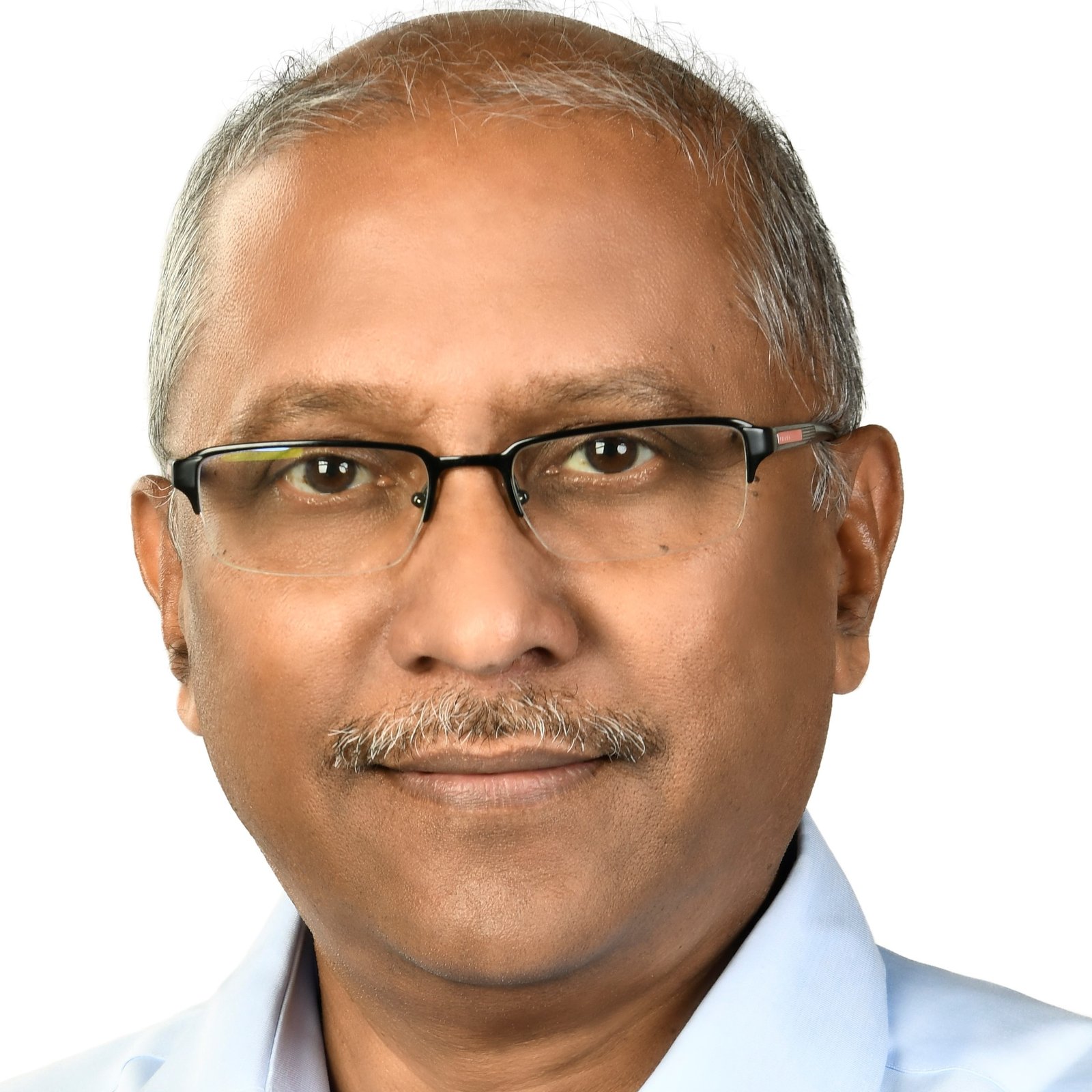 பாலசுப்ரமணியம் முத்துசாமி | Balasubramanian Muthusamy
பாலசுப்ரமணியம் முத்துசாமி | Balasubramanian Muthusamy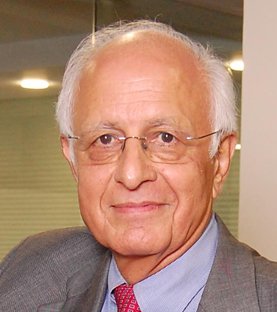 அருண் மைரா
அருண் மைரா சமஸ் | Samas
சமஸ் | Samas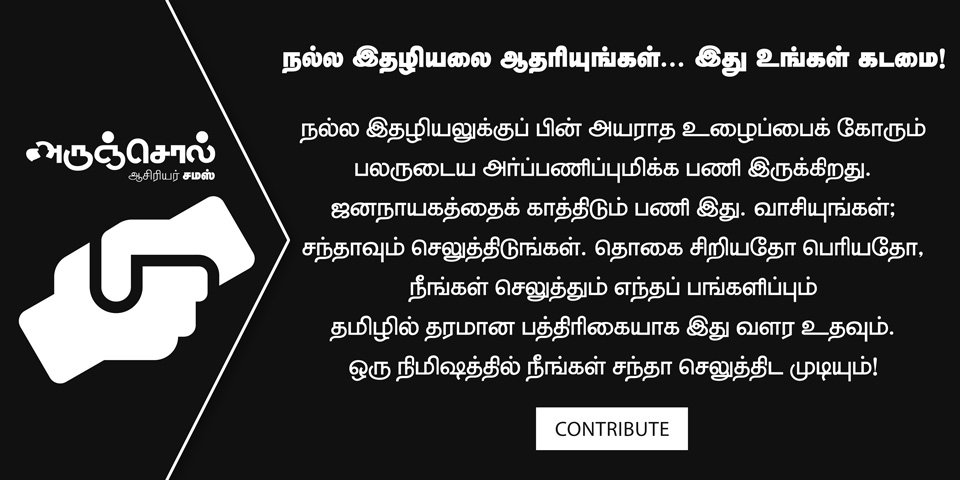
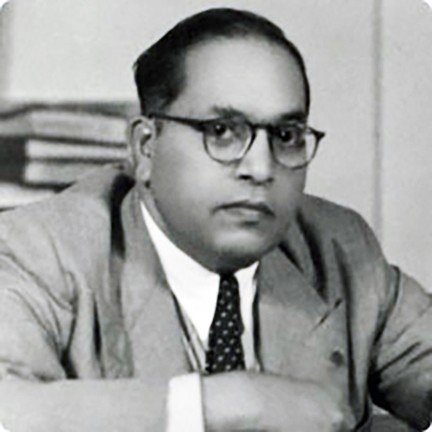 பி.ஆர்.அம்பேத்கர்
பி.ஆர்.அம்பேத்கர்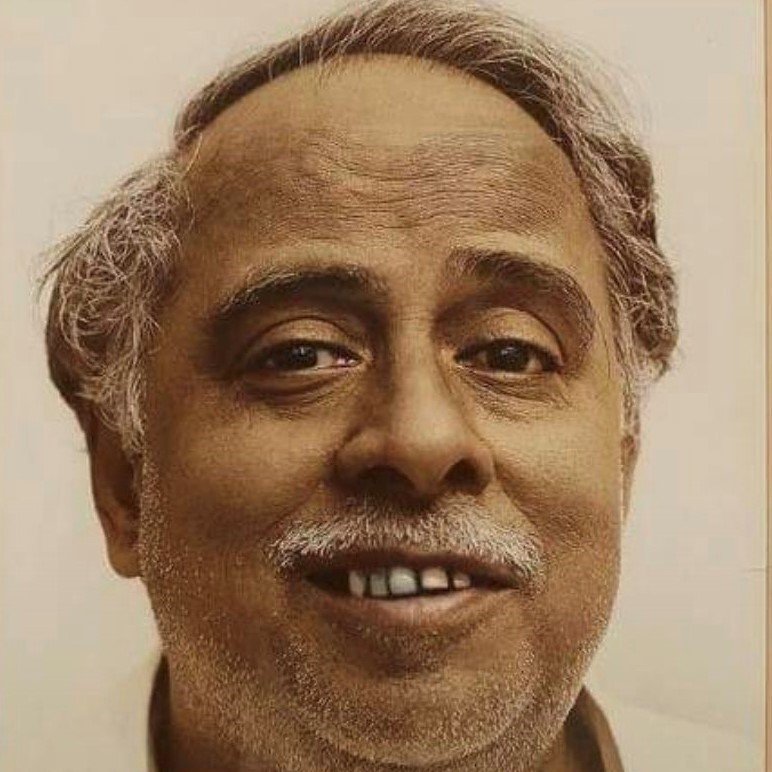 சி.என்.அண்ணாதுரை
சி.என்.அண்ணாதுரை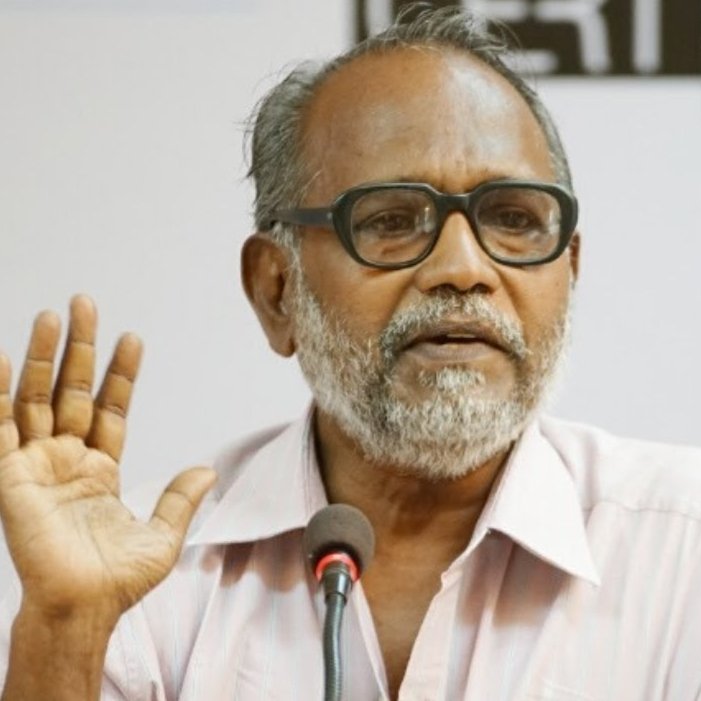 ஞான. அலாய்சியஸ்
ஞான. அலாய்சியஸ் பிடிஆர் பழனிவேல் தியாகராஜன்
பிடிஆர் பழனிவேல் தியாகராஜன்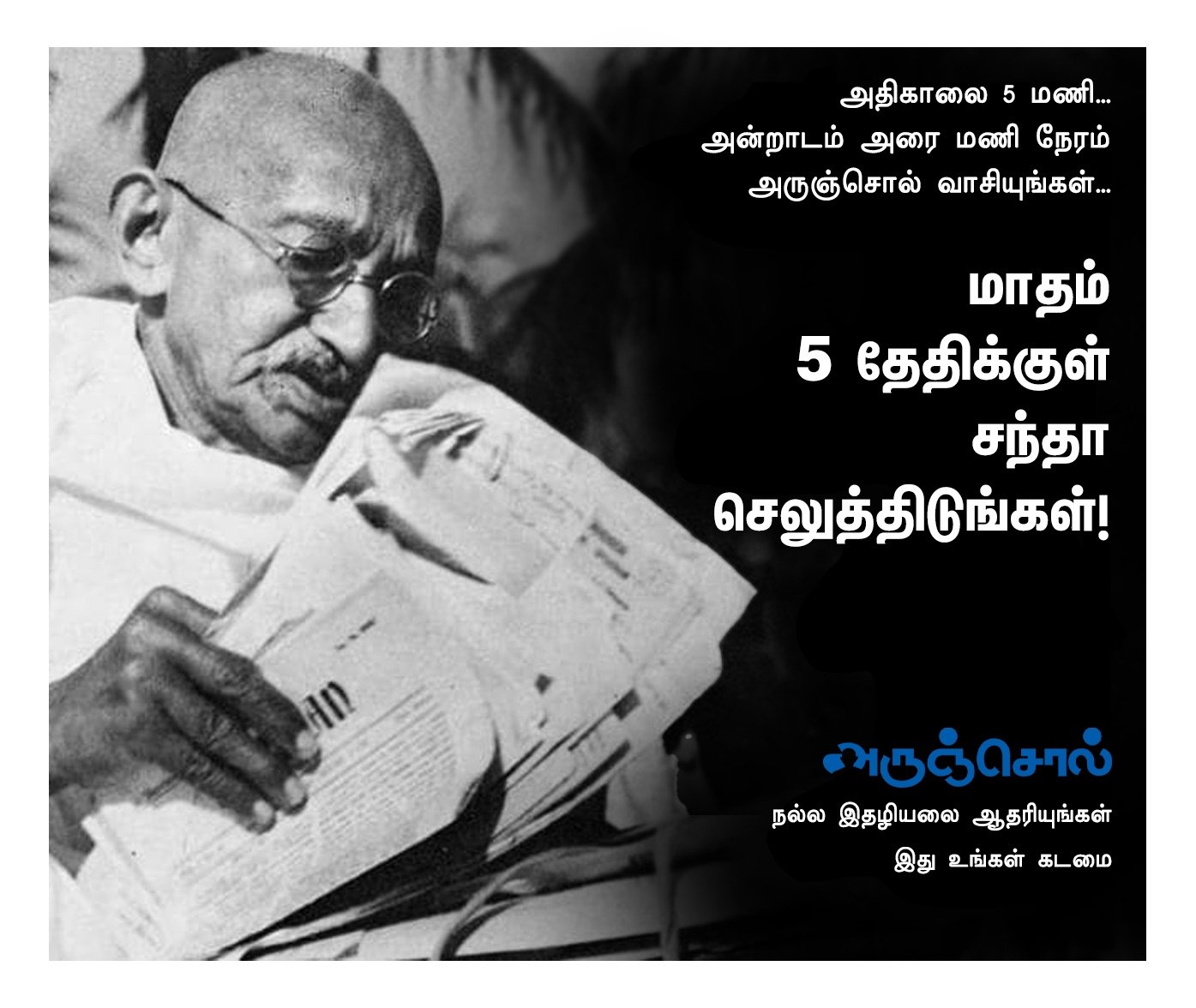

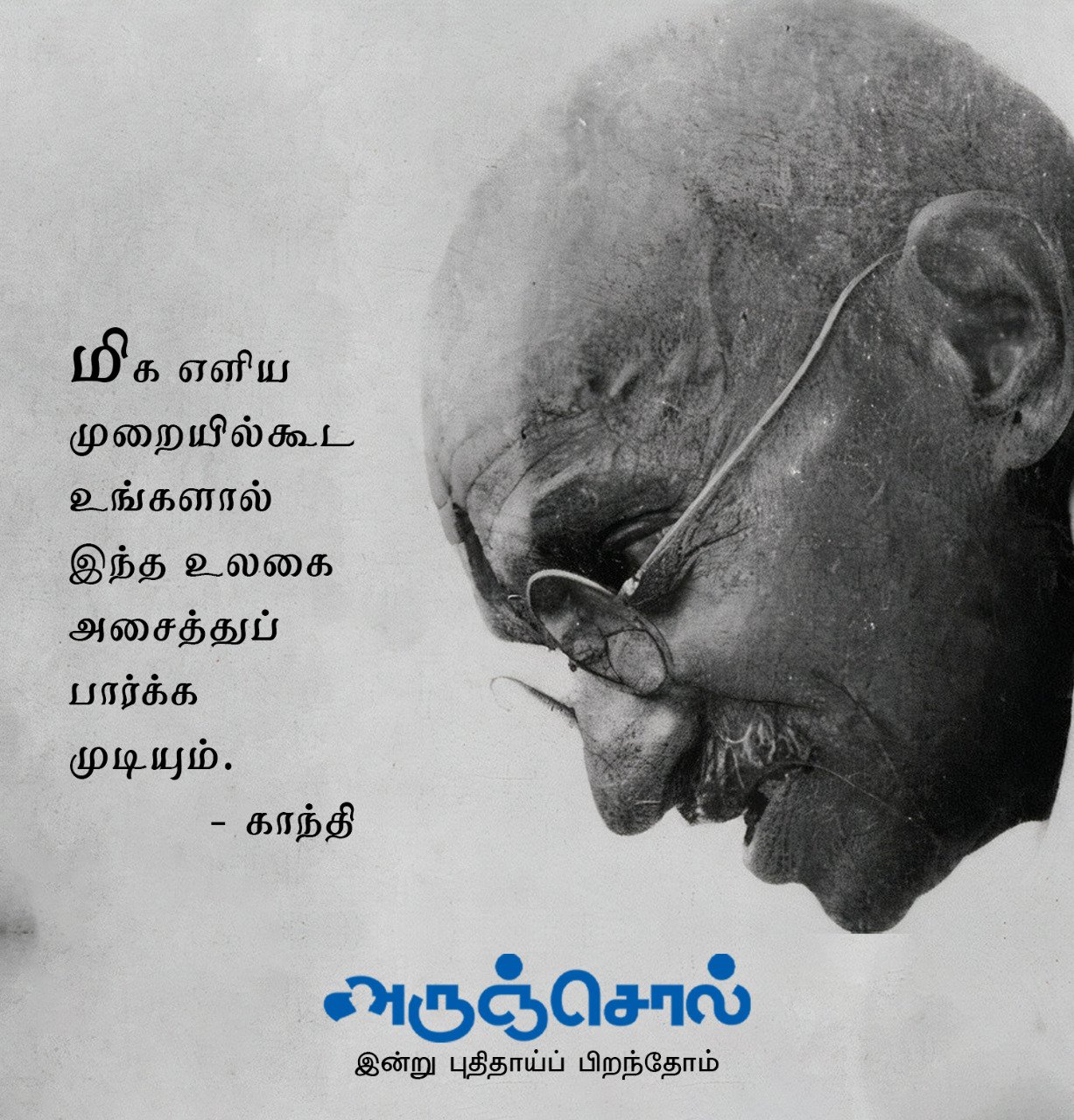
Be the first person to add a comment.